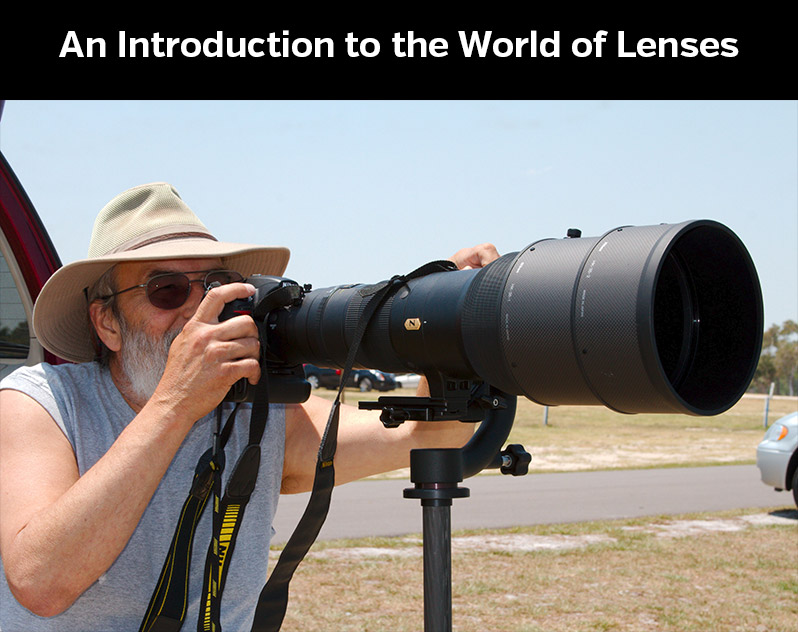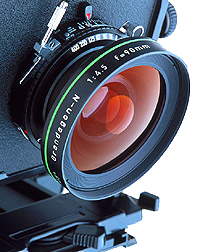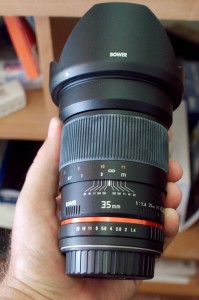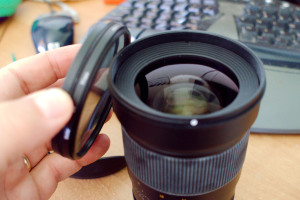Free Photography Bundle ($180 value): PS actions, LR presets, photo overlays, & print templates!
Get it here.

Nature photographers: $10,000 lens, $500 car.
It’s an upside down world when it comes to lenses when bigger openings sometimes means a smaller opening and, literally, up is down and down is up. In that light it’s no wonder that lenses can be confusing so let’s see if we can untangle some of the mysteries of the glass in front of your camera sensor. The topic is important because while camera bodies will be with you for a few years, good lenses will be around most of your life. That’s quite a commitment!
Types of Camera Lenses
Lenses come in two basic flavors; fixed focal length, also called prime lenses, and variable focal length, usually called zooms. Not that many years ago there were big differences between primes and zooms in terms of quality. Today, thanks to laser-guided robots and precision assembly, those differences in quality have largely been erased.

This is a very beautiful lens for a large format camera. Photo by Brad Beattie via Wikimedia
Prime or fixed focal length lenses can be further divided into Wide Angle and Telephoto, with a few falling into the narrow crack in between. The distinction is sometimes arbitrary because different focal length lenses will provide a different angle of view on cameras, depending on the sensor size. For instance, on a camera with a full frame sensor like the Canon 5D MK III or the Sony A7R, a 50mm lens provides roughly the same perspective as the human eye. But on a camera with an APS-C size chip a 35mm lens provides that same perspective.
Zoom lenses have a mechanism for varying the focal length along what’s called the zoom range. The range can be quite narrow on some zooms, like the very popular Canon 40-70mm zoom. Lenses can also have a much wider zoom range, but it’s good to remember that, generally, the wider the zoom range the more complicated the lens internals.
By The Numbers
Focal Length is a relative comparison of how strongly a lens converges or diverges light. The actual math is complicated enough to make your eyes bleed, but if you’d like to see it here you go. To keep it simple remember that the bigger the number, the more magnification and narrower field of view.

This is a Bower 35mm manual focus lens. The optics are amazing but it is slower to use than an autofocus lens.
Aperture is the amount of light allowed to pass through the lens by an internal diaphragm. This is one of the upside down aspects of lenses as the wider that opening, the small the number, called the f-stop. So a lens with an f-stop of f/1.4 or f/2.0 would be called a “fast” lens because the aperture can open up very wide to let in a lot of light. Fast lenses tend to be somewhat larger in size to accommodate larger front optics and cost more, sometimes a lot more.
Lens filter size is an important number to know when picking out the proper filters for your camera. The number should match one of several standard filter sizes, which can be quite large and expensive on some lenses.
Focusing
In the old days there was only “operator assist” focusing on all lenses. It was inevitable that one or two shots on the roll would be spoiled by poor focus. It was an accident one planned for by backing every shot and bracketing exposure. How things have changed today is nothing short of astounding. Phase contrast autofocus analyzes the scene in microseconds and high speed micro-motors inside the lens make focus tack sharp faster than your hand could make the adjustment.

Know your lenses filter ring size.
For all the sophistication of modern lenses, there is still a healthy market for manual focus lenses. Without all the expensive focusing motors, lens manufacturers are free to put all the extra money into the optics. Landscape photographers and some portrait photographers swear by manual lenses, my 35mm Bower is manual focus. It’s not really an adjustment for me as I grew up in photography with manual focus. These days, for any kind of wedding, event or commercial work, atuofocus lenses are the way to go.
Image Stabilization
There are many types of image stabilization employed in modern photography, some types are built into the camera body and some are built into the lens itself. The type built into lenses is called OIS, or Optical Image Stabilization. High speed miniature motors are linked to a special chip in the lens that senses movement and counteracts the motion by shifting lens elements to keep the image stable. The technology is so good you never even notice it working.
Modern lenses are marvels of optics and technology. It’s not unusual to see people in photography forums agonizing over camera bodies but professional photographers agonize over lenses. That’s because camera bodies come and go but good glass is forever.

